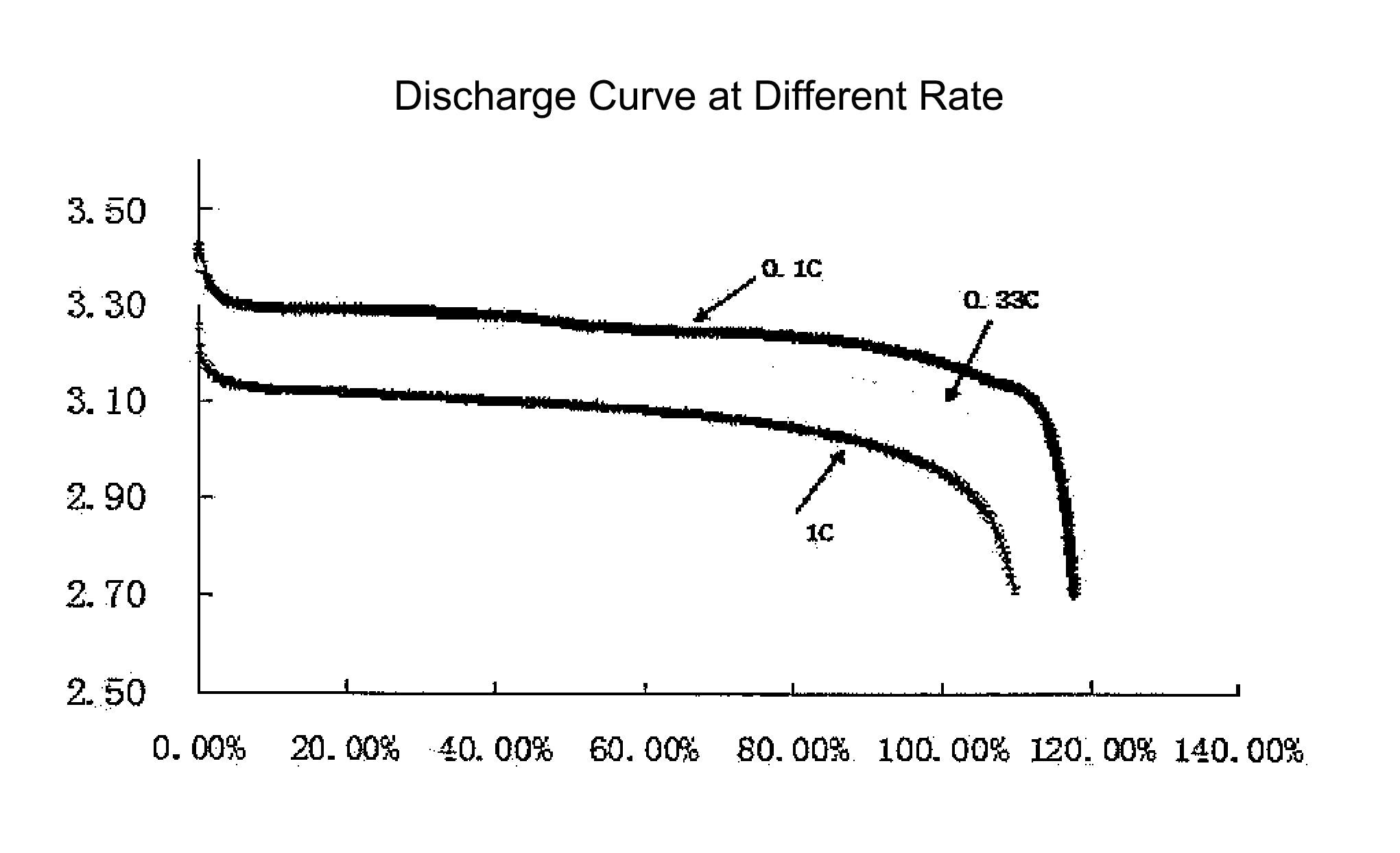Lithium iron phosphate (LiFePO4) batteries, commonly known as Lifepo4 batteries, have gained significant attention in the energy storage industry due to their high energy density, long cycle life, and improved safety compared to other lithium-ion battery chemistries. Understanding the cell voltage of Lifepo4 batteries is crucial for optimizing their performance and ensuring efficient operation. In this article, we will delve into the concept of Lifepo4 cell voltage, its significance, factors affecting it, and techniques for voltage optimization.
Understanding Lifepo4 Cell Voltage
Lifepo4 cell voltage refers to the electrical potential difference between the positive and negative terminals of a Lithium Iron Phosphate battery cell. It is a critical parameter that determines the battery’s state of charge and discharge. The cell voltage directly correlates with the amount of electrical energy stored within the battery, making it an essential factor in assessing its overall performance.
Significance of Cell Voltage in Lifepo4 Batteries
The cell voltage of Lifepo4 batteries is vital for several reasons. Firstly, it indicates the battery’s state of charge (SoC), enabling users to determine how much energy is available for use. Monitoring the cell voltage helps prevent over-discharging, which can lead to performance degradation and reduced cycle life. Additionally, knowing the cell voltage allows users to estimate the remaining battery capacity accurately.
Factors Affecting Lifepo4 Cell Voltage
Several factors influence the cell voltage of Lifepo4 batteries. The most prominent one is the state of charge. As the battery discharges, the cell voltage gradually decreases. Conversely, during the charging process, the cell voltage increases. Other factors include temperature, internal resistance, and load conditions. Temperature variations affect the voltage, and high internal resistance can lead to voltage drops under heavy loads.
Voltage Optimization Techniques for Lifepo4 Batteries
To optimize the cell voltage of Lifepo4 batteries, certain techniques can be employed. One such technique is balancing the cell voltage. Balancing involves equalizing the voltage among individual cells within a battery pack, ensuring uniform performance and longevity. Additionally, implementing suitable charging and discharging protocols, such as constant current/constant voltage (CC/CV) charging, can help maintain optimal cell voltage levels.
Importance of Monitoring Cell Voltage
Regular monitoring of Lifepo4 cell voltage is crucial for battery management. It allows users to detect any abnormalities, such as voltage imbalances, that could lead to capacity degradation or safety hazards. By monitoring the cell voltage, users can take preventive measures to maintain the battery’s health, prolong its cycle life, and ensure safe and efficient operation.
Conclusion
Lifepo4 cell voltage plays a vital role in determining the state of charge, performance, and overall health of Lithium Iron Phosphate batteries. Understanding its significance and the factors influencing it is essential for optimizing battery performance and ensuring long-term reliability. By implementing voltage optimization techniques and regularly monitoring the cell voltage, users can maximize the lifespan and efficiency of Lifepo4 batteries.
